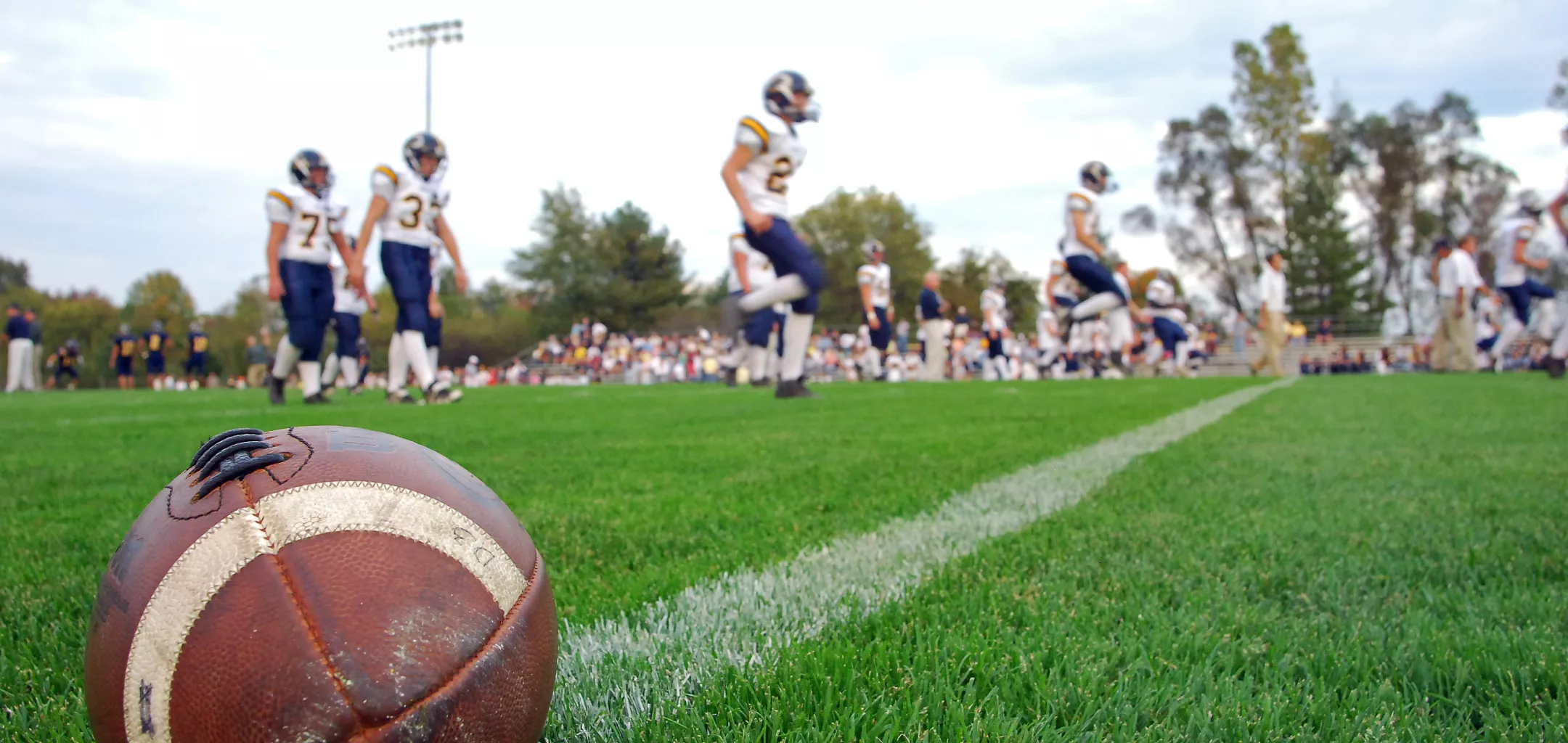Benched from the Game, But Not the Classroom: The Overlooked Challenge of Concussions in Schools
3 Mins


When Max, the high school’s star quarterback, was injured on the field during that fateful football game, no one thought much about it. Not the coaches, not Max’s teammates, not even Max. His bell was rung. He was a bit loopy. He just needed to shake it off like everyone else did. Rub some dirt in it, like his coach always said.
We don’t know for sure what Max’s return to school looked like that following week, but if I were to guess, it would have looked something like this:
He returned to school that next Monday in a daze. He struggled through classes, had a hard time adjusting to the now blazing fluorescent lights in every classroom, hallway, and office. He could barely handle the loud noises and the sudden, jarring yells of his classmates that caused his headache to get that much worse. And, man, was he tired.
The math test that he took on Wednesday, two days before Friday’s big game, was a blur. For the first time ever, math was something he couldn’t figure out. His head ached and he struggled with all of it, turning it in at the end of the period with none of the problems completed. For the first time in his academic career, he knew that he had flunked a test.
Max played quarterback that Friday, and when he went down in the second quarter, no one even saw the hit that knocked him out. He was unconscious and suffering from the acute stages of permanent brain damage. Nothing would ever be the same for Max, or for youth football.
Within a few years of his injury, new Return to Play protocols were developed for high school athletes in Oregon and Washington state. Four years later, the other forty-eight states would follow their lead and implement their own post-concussion Return to Play protocols.
We’ve progressed from a time when a kid was allowed to play football, or any other sport, while still recovering from a concussion to a more informed era where we recognize the dangers of concussion in sports and have adapted appropriately. The youth sports Return to Play protocols in place across the country demonstrate this.
The rest of the school day, however, it’s a different story. In the classrooms, the cafeterias, and the hallways between classes, most kids with concussions returning to school are left to fend for themselves, much like Max was during his week back from his first concussion. Where Max’s tragedy led to youth concussion Return to Play laws in all fifty states, there is no such consensus yet on youth concussion Return to School laws.
This is the problem that my collogues and I will talk about here. This is the log of the journey from where we are today, with only a few examples of effective post-concussion Return to School laws, to where we need to be, where all students recovering from concussions who are returning to school are given the academic, social, and behavioral accommodations that they need to ensure that their short-term injury doesn’t result in long-term consequences.
I hope that you’ll join us on this journey…

